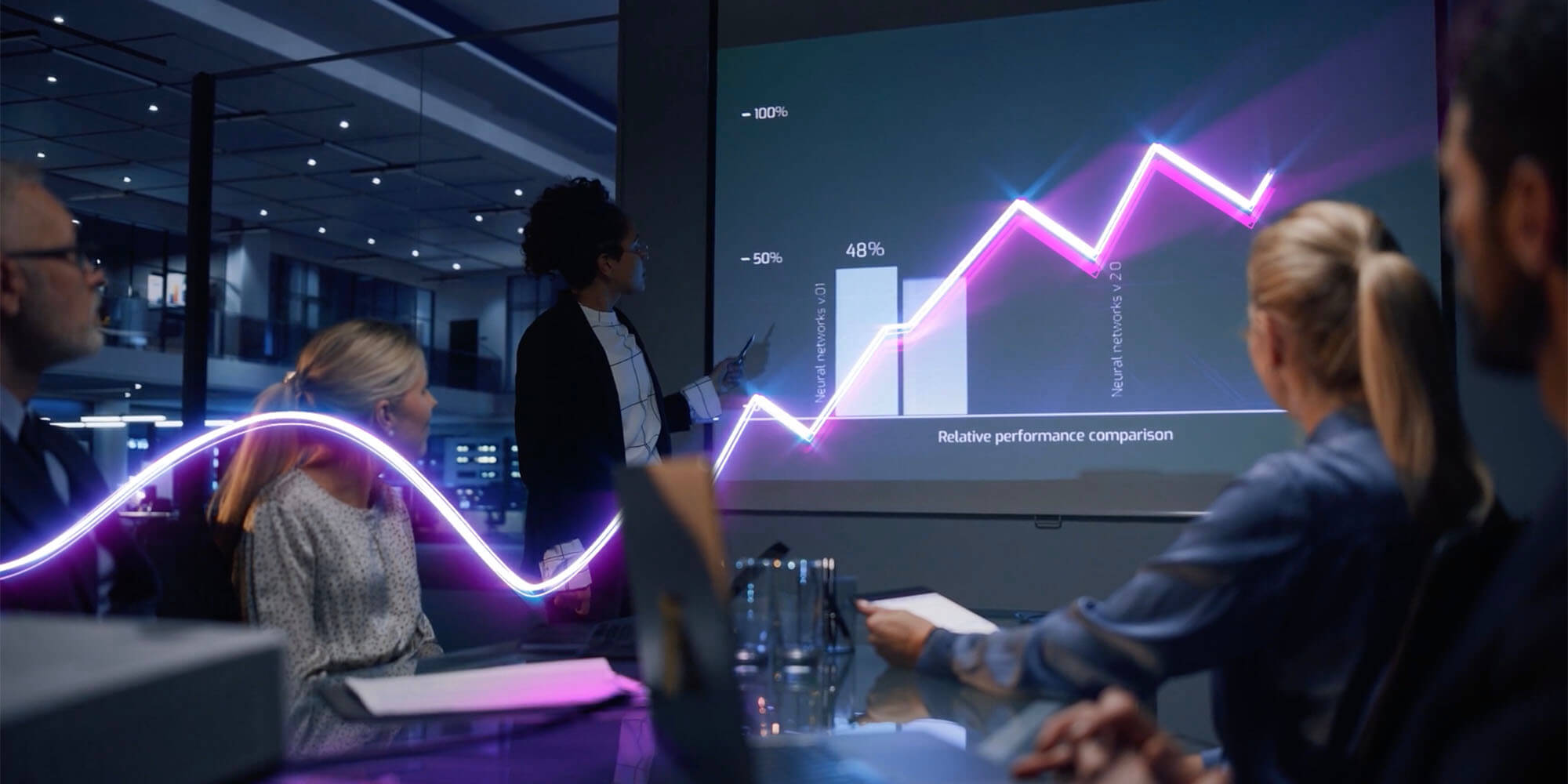The metaverse is not quite here yet, but it’s quickly becoming a reality. The steppingstones are being put in place, leading us toward a future where our lives shape and are shaped by the metaverse. Predictions have taken the place of imagined visions; predictive data analytics is a system that acts on a burgeoning new world of information, yielding results and inferences that help us all prepare for the changes ahead.
Virtual reality shopping online and similar e-commerce experiences such as augmented reality (AR) shopping, virtual showrooms, and similar shopping have gained much ground in recent years. The metaverse combines virtual, augmented, and physical reality components seamlessly integrated into our world, a “phygital” extension of our world. The goal is to create a more immersive and intuitive experience both in shopping and our daily lives, and the recent advances in simulation-enhanced shopping are accomplishing that goal.
Simulation-Aided Shopping
Simulation-based technologies are changing how we view and interact with the world of commerce. While we note that it is still early in the transition from a traditional digital- or physical-only world, the borders between the two are steadily disappearing. The number of use cases is growing along with the sophistication of the tools and the readiness of the consumer market to adopt them on a widespread basis. These two factors combine to create interactive and increasingly natural-feeling experiential shopping.
Virtual try-on tools are becoming part of a renaissance in the beauty and fashion industry. The ability to use a smartphone camera and similar tools to project a live image of a particular accessory or even a clothing item onto a digital avatar of the user creates a faster, easier, and more sanitary alternative to outmoded fitting rooms. It also enables a virtual try-on of items users can’t normally sample ahead of time, such as lipstick or cosmetics. We see a future where users can even virtually try out tattoos ahead of time to see how they look, enabling them to “apply” the tattoo to different parts of the body or in different colours.
Virtual showrooms also offer consumers an opportunity to explore a market space that might be otherwise unavailable or limited. These can take the form of full-on virtual spaces where the user explores a showroom in VR, and they can also be AR-enhanced showrooms. We see this in virtual car showrooms, but the technology is quickly pervading the home appliance, fashion, and B2B brands. This technology’s connectivity enables faster and easier interactions between organisations and potential consumers or business clients. Bolder metaverse predictions suggest seeing potential business partners far removed geophysically. They will be able to meet and examine one another’s products and services in a simulated fashion without the need for costly plane trips and accommodations.
A related concept to virtual showrooms, advanced 3D modelling allows a user to immerse oneself “physically” in a space, such as testing out home remodels or within a custom-built car. The results are incredible from a consumer standpoint and prove to be effective conversion tools for businesses. Some 85% of shoppers who have tried immersive shopping in the form of 3D modelling have found the process appealing, and we expect this number to grow as the tools themselves evolve.
In-store AR and visual search—the ability to take a picture of an item and instantly search for information about the product, including price comparisons—have also helped many people with shopping. More than 90% of American shoppers have used or would use visual search. For example, AR setups can give shoppers a taste of a brand or allow digital interaction, regardless of store layout. Virtual reality shopping online is revolutionising e-commerce.
Changing With the Times
The pandemic certainly changed the equation, with lockdowns and social distancing radically altering how customers shop. With showrooms closed and supply chain disruptions, businesses such as car dealerships resorted to virtual showrooms to help close the gap. While the pandemic accelerated this process, consumers are keen to explore immersive shopping. At least 30% of shoppers have experienced immersive shopping, and a vast majority of those (78%) enjoyed the experience. Almost half of immersive shoppers (48%) ended up making a purchase, so these simulation-based technologies have great potential to power conversions.
Immersive Appeal
E-commerce is gaining ground against purely traditional shopping methods because of the ways it enhances the experience, moving things from a strictly visual-based yes/no decision to something interactive and engaging. With specific market segments, such as home appliances, furniture, and remodels, AR or fully interactive VR design spaces are a total game-changer. For consumers, the ability to see and “feel” how a product will fit their needs creates a substantial benefit, boosting confidence and driving conversions.
Understanding the Customer
The interactivity of immersive shopping provides rich experiential data about customers. In a world where third-party data is growing less relevant or becoming obsolete entirely (such as cookies), this first-party data is precious to businesses. Because it’s based on direct consumer engagement, it requires less predictive data analytics and more interpretation based on firsthand experience.
Building Blocks of the Metaverse
Immersive shopping is one of the major building blocks for the metaverse. The true metaverse is not just a neon-lit VR metropolis but is more likely to be a seamless experience that blurs the line between digital, augmented, and physical realities. Advanced digital assistants and simulation-based technologies will work in tandem to allow us to interact with the business and tech world intuitively and effortlessly as an extension of our senses and minds.
This trend of virtual reality shopping online is not going to slow down; instead, we expect it to accelerate, bolstered by the pandemic helping businesses and consumers to see the potential inherent to this model. Traditional brick-and-mortar stores will not necessarily be rendered obsolete but can adapt AR and virtual trials to maximise their space, inventory, and customer experience.
Many of the most exciting predictions we make at Acxiom focus on the transformative potential of the metaverse and the way it will change life in the future. We embrace the ethical use of data and technology for its ability to enrich people’s lives and usher the world into a new age of information and accessibility.


